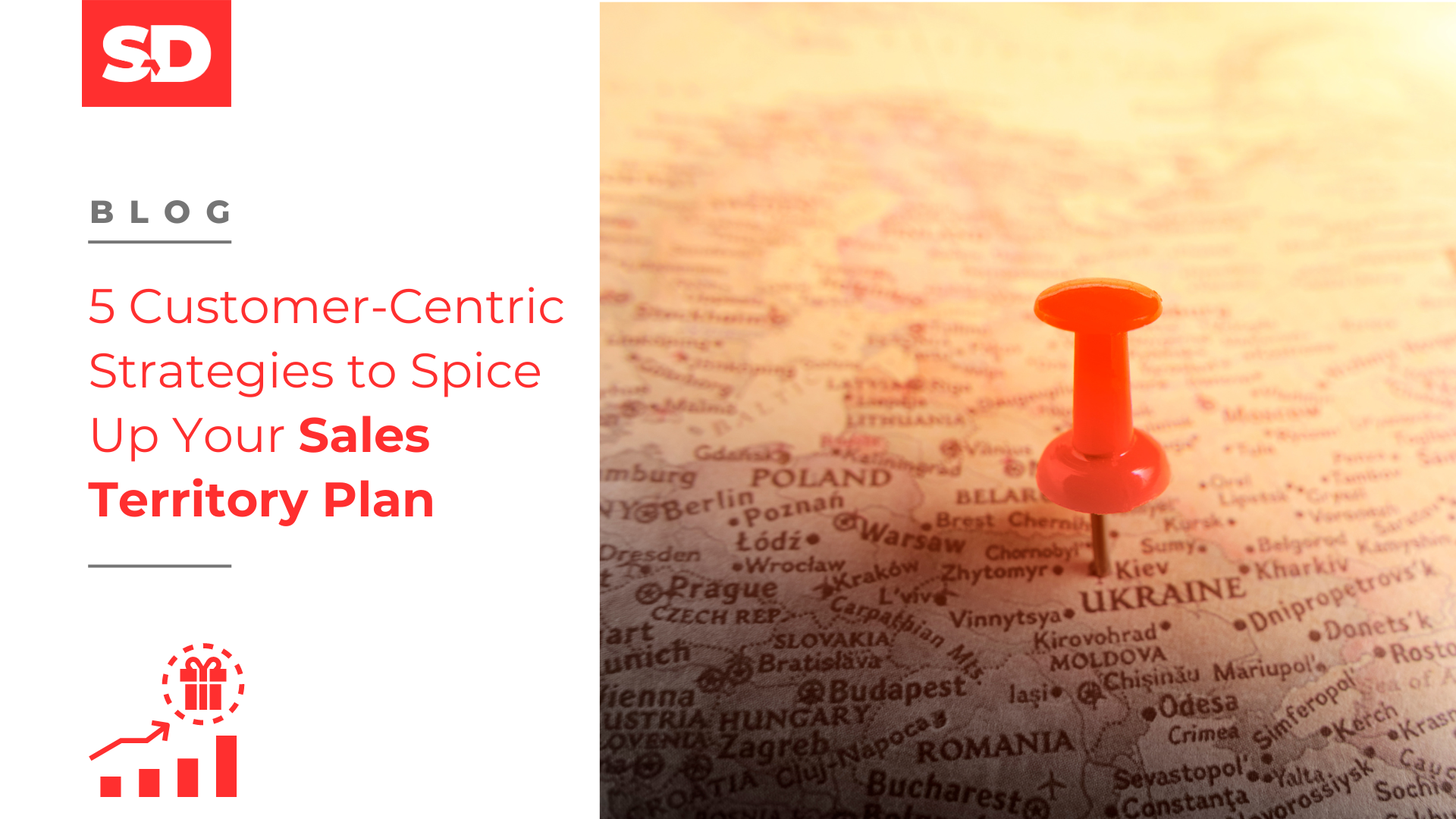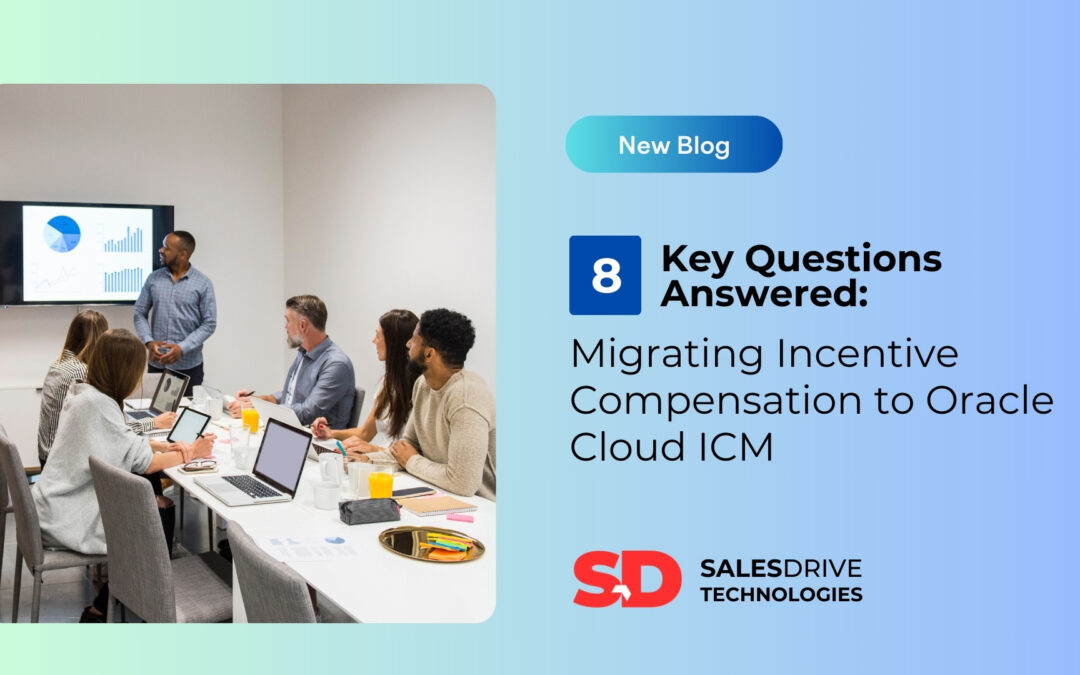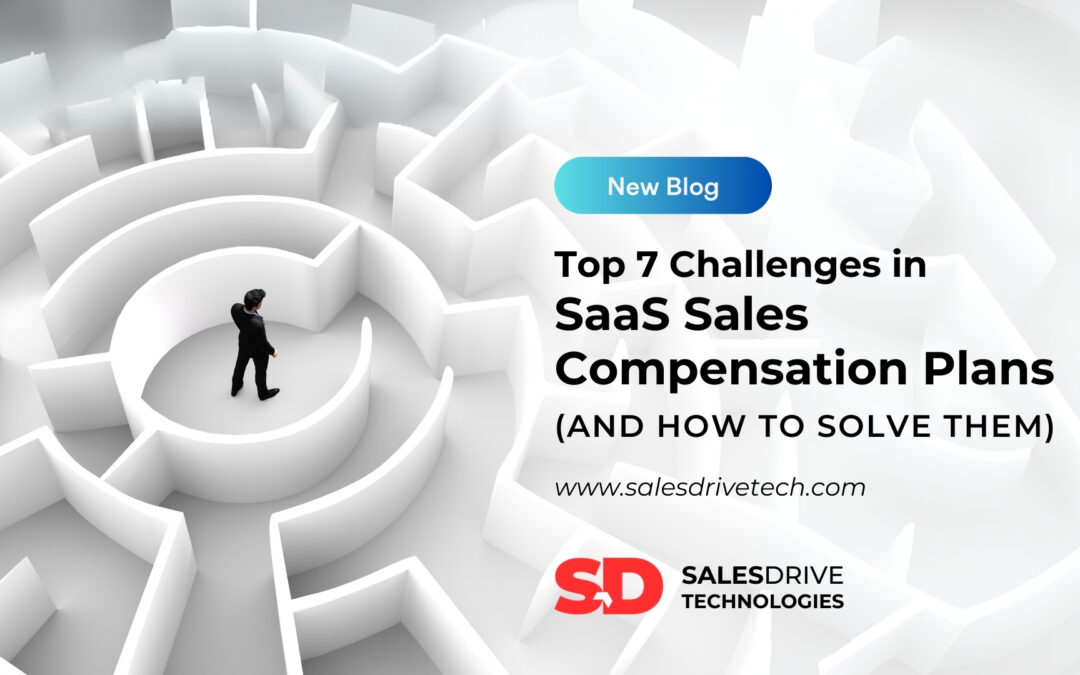The success of your sales force hinges on their ability to connect with the right customers, at the right time, and with the right message.”
Traditional territory planning often relies on spreadsheets overflowing with customer names and zip codes. Your manager assigns you a territory based on location, and your task becomes converting every lead you find. While this approach seems efficient, here’s what’s missing.
Focusing on location alone ignores crucial customer information like needs, preferences, and buying behavior. This leaves your sales reps feeling like prospect hunters instead of trusted advisors, impacting both conversion rates and customer satisfaction.
It’s a data-driven world, and customers crave personalization. They expect you to understand their unique needs, not just their zip code. That’s the limitation of traditional territory planning. It focuses on quantity, not quality, leaving your sales reps feeling like prospect hunters instead of trusted advisors.
The solution?
A customer-centric approach. Instead of territories built on location, you build them around customer needs. It’s like ditching that generic spreadsheet for a hyper-targeted customer database that allows you to connect with the right people, with the right message, at the right time.
Intrigued?
Read on to discover how this innovative approach can transform your sales strategy!
1. Psychographic Segmentation
While traditional segmentation methods like demographics (age, income, location) and firmographics (company size, industry) provide valuable insights, they only paint part of the picture. To truly understand your customers, delve deeper into their psychographics, the “why” behind their buying decisions. This involves uncovering their:
-
- Motivations: What drives them to purchase your product or service?
- Values: What principles are important to them in the buying process?
- Buying behaviors: How do they research, evaluate, and make purchasing decisions?
Techniques for Uncovering Psychographics:
-
- Surveys: Design targeted surveys to directly ask customers about their motivations, values, and buying preferences.
- Social media analysis: Analyze social media conversations to understand the language your customers use, the topics they engage with, and the sentiment they express towards your brand and competitors.
- Customer interviews: Conduct in-depth interviews with a representative sample of customers from each segment to gain deeper qualitative insights.
By incorporating psychographic information into your segmentation strategy, you can create territories based on shared customer journeys, not just industry or location. This allows you to develop targeted messaging and strategies that resonate with each customer segment on a deeper level, leading to increased engagement and conversion rates.
2. Leverage Customer Journey Mapping
A customer journey map is a visual representation of the steps a customer takes from initial awareness to becoming a loyal advocate of your brand. By mapping out the unique customer journeys for each segment within your territory, you gain valuable insights into:
-
- Pain points: What challenges do customers face throughout their journey?
- Preferred communication channels: How do they prefer to be contacted (email, phone, social media)?
- Decision-making processes: What factors influence their purchasing decisions?
Benefits of Customer Journey Mapping:
-
- Empowers sales reps: Equips reps with the right tools and resources to connect with each customer at the appropriate touchpoint in their journey.
- Tailors messaging: Enables the creation of customized messages and approaches that resonate with specific customer segments.
- Improves conversion rates: By addressing pain points and providing relevant information at each stage of the journey, you can significantly improve conversion rates.
3. Embrace the Power of Data Visualization
Static data reports and spreadsheets can be overwhelming and hinder effective territory management. Instead, leverage the power of data visualization to transform complex data into dynamic dashboards and interactive maps. These tools allow you to:
-
- Analyze territory performance: Gain insights into key metrics like sales volume, customer acquisition cost, and customer lifetime value for each territory.
- Identify customer clusters: Visually identify areas with high concentrations of specific customer segments.
- Monitor key metrics in real-time: Track progress towards goals and identify areas needing improvement, allowing for immediate adjustments to strategies.
By making data readily accessible and visually appealing, you empower your sales team to make data-driven decisions, optimize their strategies, and adapt to changing market dynamics with greater agility.
4. Collaboration Beyond Territories, Towards Customer Teams
Traditionally, sales territories have operated as individual units, with limited collaboration and knowledge sharing. To truly embrace a customer-centric approach, move beyond this siloed structure and foster a collaborative environment. Create customer teams comprised of:
-
- Sales reps: The frontline soldiers responsible for building relationships and closing deals.
- Marketing specialists: Experts in crafting targeted campaigns and messaging aligned with customer needs.
- Customer success representatives: Dedicated to ensuring customer satisfaction and maximizing long-term value.
Benefits of Customer Teams:
-
- Unified customer experience: Ensures a consistent and positive experience for customers across all touchpoints.
- Leverage diverse expertise: Each team member contributes their unique skills and knowledge for a holistic customer-centric approach.
- Improved problem-solving: Enables brainstorming and collaborative problem-solving to address complex customer challenges.
By fostering collaboration and breaking down territorial barriers, you create a synergistic force that delivers a remarkable customer experience and drives sustainable business growth.
5. Gamification: Injecting Fun and Engagement into Territory Optimization
Gamification, the use of game mechanics in non-game contexts, can be a surprisingly powerful tool for motivating your sales team and enhancing territory optimization. Here’s how it injects excitement and drives results:
Leaderboards and Challenges: Imagine a dynamic dashboard displaying real-time sales performance across territories. Sales reps compete on leaderboards based on key performance indicators (KPIs) aligned with your customer-centric goals. This could involve metrics like:
-
-
- Customer acquisition rate: Reward reps who successfully onboard new customers within your target segments.
- Customer satisfaction score: Incentivize reps who consistently deliver exceptional customer experiences.
- Account growth: Recognize reps who foster long-term relationships and drive revenue growth within their assigned accounts.
-
These leaderboards create a healthy sense of competition and encourage continuous improvement, pushing reps to go the extra mile for both individual and collective success.
Reward Systems and Recognition: Gamification isn’t just about competition; it’s also about celebrating achievements and motivating sustained engagement.
-
-
- Implement a reward system that acknowledges and rewards reps who achieve specific milestones or reach the top of the leaderboard. This could include gift cards, bonuses, or even badges displayed on a virtual “trophy wall.”
- Publicly recognize top performers during team meetings or company newsletters. This fosters a culture of appreciation and inspires others to strive for excellence.
-
Gamification transforms territory optimization from a mundane task into an engaging and rewarding experience. It motivates your sales force, encourages continuous learning and improvement, and ultimately drives superior results in your customer-centric territories.
Final Remarks
In Conclusion, by adopting these unconventional strategies, you can move beyond the limitations of traditional territory planning and create a dynamic, customer-centric sales ecosystem that drives growth, fosters deeper customer relationships, and empowers your team to thrive. Your customers are not mere numbers; they are the heart and soul of your business. By prioritizing their needs and tailoring your approach accordingly, you unlock the true potential of your sales territories.
SalesDrive’s transformative solutions can help you with all the above-mentioned aspects that empower you to build territories based on deep customer understanding. Additionally, we offer tools and resources to facilitate collaboration fostering a truly customer-centric approach.




